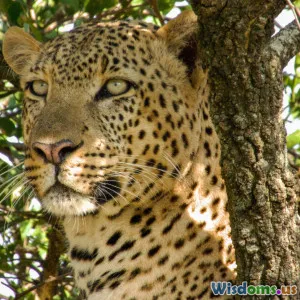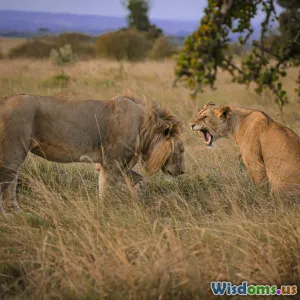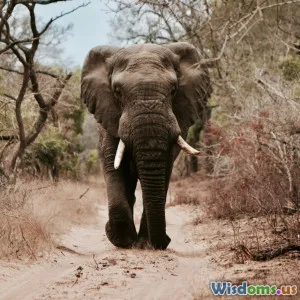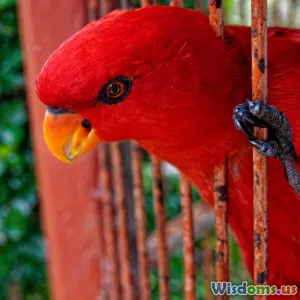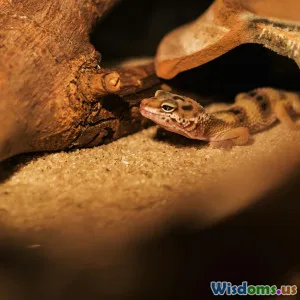
How Climate Change Is Impacting Wildlife and Domestic Pets
8 min read Explore the profound effects of climate change on wildlife and pets, and learn how we can protect them. (0 Reviews)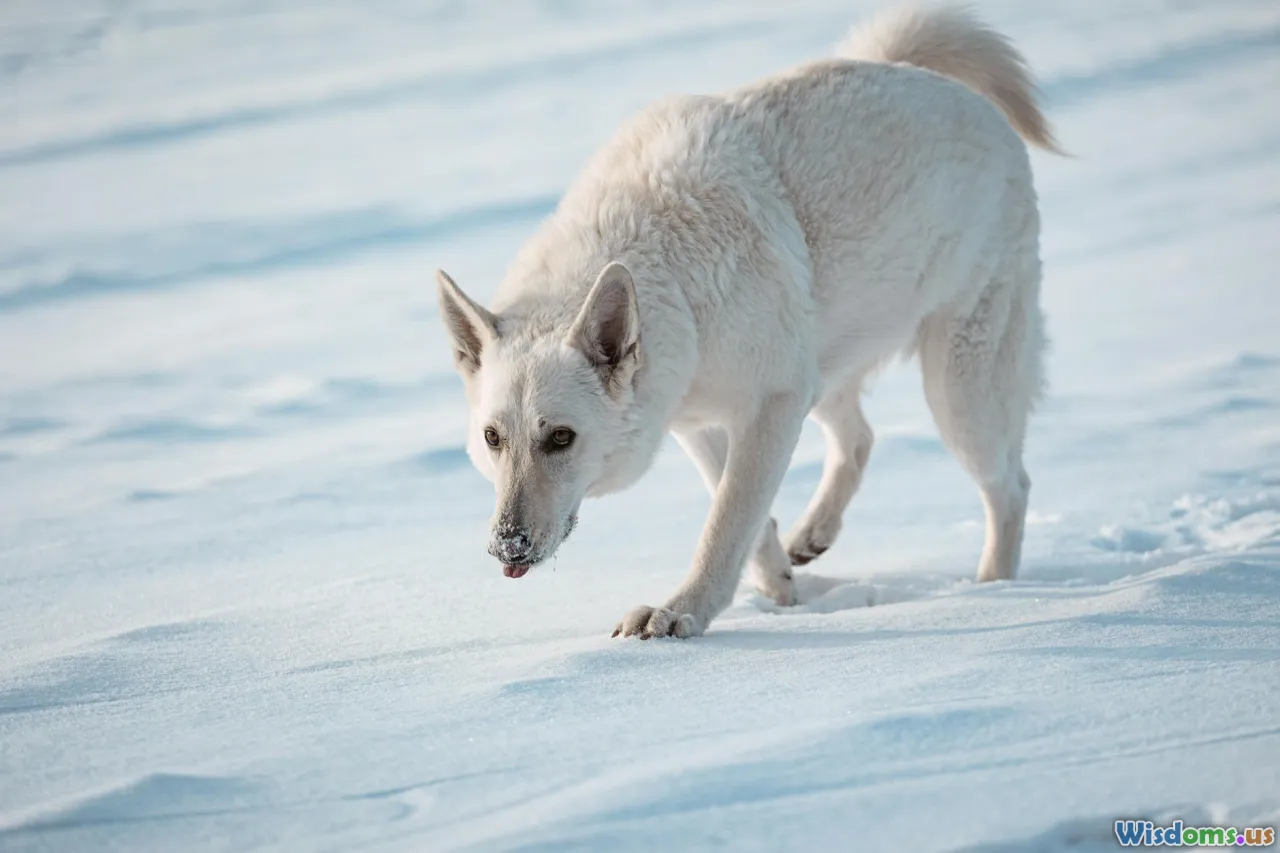
How Climate Change Is Impacting Wildlife and Domestic Pets
Climate change is no longer a distant threat—it's a present reality reshaping the natural world in profound ways that affect all species, human and animal alike. From melting ice caps to shifting climate zones, the ripple effects are felt deep within ecosystems. While we often focus on how rising temperatures impact humans, the consequences for wildlife and domestic pets are equally critical, yet less discussed. This article explores the tangible effects climate change has on animal species—from the wild habitats of polar bears to the cozy bedrooms of family pets.
Wildlife in Peril: Changing Habitats and Behaviors
Habitat Loss and Migration Patterns
One of the most critical impacts of climate change on wildlife is habitat alteration. Many species depend on climate-specific environments; as temperatures rise and weather patterns shift, these habitats become unsuitable. For instance, Arctic species such as polar bears have seen a fundamental loss of sea ice, an essential platform for hunting seals. According to the U.S. Fish and Wildlife Service, polar bear populations have declined as the Arctic ice cover shrinks by about 13% per decade.
Similarly, coral reefs, known as the "rainforests of the sea," have suffered massive die-offs due to ocean warming and acidification. The Great Barrier Reef has experienced several widespread bleaching events, devastating marine biodiversity.
Furthermore, animals are forced to migrate to cooler areas. The American pika, a small mountain mammal, is moving to higher elevations seeking refuge from increasing temperatures. Unfortunately, this only provides a temporary solution as suitable habitat becomes scarcer, potentially leading to local extinctions.
Disrupted Breeding and Food Cycles
Climate change also disrupts seasonal cues critical to wildlife reproduction and feeding. The timing of flower blooming and insect hatching can become unsynchronized with bird nesting seasons, resulting in food shortages for chicks. A 2015 study published in Nature showed that some songbird populations in Europe have declined because their food sources peak earlier due to warming springs, creating a mismatch.
Marine animals are not exempt; shifting ocean currents affect fish migration and spawning cycles. For example, the Atlantic cod has altered its traditional spawning grounds in response to water temperature changes, impacting fisheries and ecosystems.
Increasing Disease and Parasite Spread
Warming climates facilitate the spread of diseases and parasites affecting wildlife. Ticks and mosquitoes, carriers of Lyme disease or West Nile Virus, are expanding their geographic ranges. Amphibians face fungal infections like chytridiomycosis, exacerbated by environmental stress related to climate shifts.
Domestic Pets Facing New Threats
Health Risks and Diseases
Pets, though sheltered, are increasingly vulnerable to climate-related health risks. Heatwaves pose direct dangers, especially to brachycephalic (flat-faced) breeds such as Bulldogs or Persian cats prone to heatstroke. The American Veterinary Medical Association reports rising incidents of heat-induced emergencies for pets as temperatures soar.
In addition, vector-borne diseases carried by ticks, fleas, and mosquitoes are expanding thanks to milder winters and longer warm seasons. Diseases like Lyme disease, ehrlichiosis, and heartworm are appearing in previously unaffected regions, threatening pet health.
Impact on Nutrition and Behavior
Climate change disrupts the supply chain for pet food ingredients. Droughts and floods affect crop yields and livestock farming leading to fluctuating prices and supply shortages affecting commercial pet food.
Moreover, pets can suffer anxiety or stress linked to increased extreme weather events such as hurricanes or wildfires. Smoke inhalation, evacuations, and displacement not only harm their health but also endanger the human-animal bond.
Displacement and Shelter
Natural disasters intensified by climate change have caused massive displacement of families and pets. In California, wildfires in recent years forced thousands of pet owners to leave homes rapidly, sometimes abandoning pets or facing overwhelmed shelters. Disaster preparedness for pets is an often-overlooked aspect of climate resilience.
How We Can Help Protect Animals
Conservation Efforts and Habitat Protection
Efforts to protect wildlife include conserving habitats that act as climate refuges. Protected areas connected by wildlife corridors can allow animals to migrate safely in response to changing climates. Conservationists are also focusing on restoring ecosystems—like planting native trees to combat heat islands and supporting coral restoration projects.
Veterinary Adaptations and Public Awareness
Veterinarians are updating clinical protocols to manage emerging diseases linked to climate change. Pet insurance now sometimes covers heatstroke and vector-borne diseases, reflecting new realities. Public education on seasonal pet care, hydration, and parasite prevention is essential.
Community and Individual Action
Pet owners can take direct action by preparing for climate-related emergencies, ensuring pets have access to cool water, shade, and preventive medications. Supporting sustainable lifestyle choices—such as using eco-friendly pet products and reducing carbon footprints—contributes to broader climate mitigation efforts.
Police and urban planners can integrate green spaces to reduce urban heat, benefiting people and pets alike.
Conclusion: A Shared Challenge
Climate change represents a shared challenge that transcends species boundaries. Its effects ripple through natural habitats, disrupt wildlife lifecycles, and place domestic pets at new risks. By understanding these impacts, we acknowledge our responsibility to protect not only ourselves but also the animal companions and wildlife with whom we share this planet.
From supporting wildlife conservation projects to adopting climate-savvy care for our pets, individual and collective efforts matter. Confronting the realities of climate change is essential not just for environmental sustainability but also for preserving the irreplaceable bonds we have with the animal world.
As the climate shifts, so too must our awareness and actions—to secure a healthier, safer future for all species.
Rate the Post
User Reviews
Popular Posts










